Centers & Facilities
Our department is home to and partners with state-of-the art facilities and innovative research centers across campus and the state of Arizona, all of which provide opportunities for our faculty and students to learn, experiment, and grow a more sustainable future.
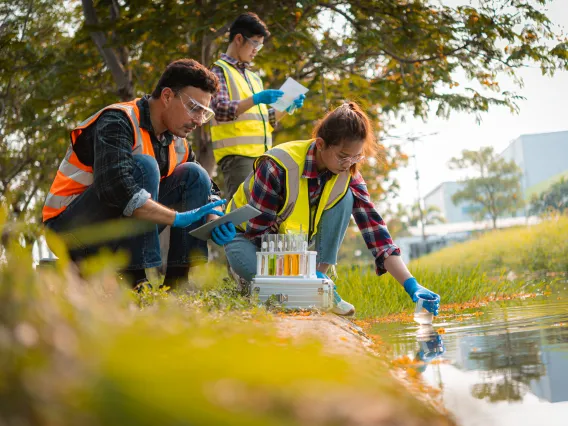
Arizona Laboratory for Emerging Contaminants (ALEC)
The Arizona Laboratory for Emerging Contaminants assists researchers in the analysis and identification of various micro-pollutants and contaminants while developing new research methods that will benefit investigations across Arizona.
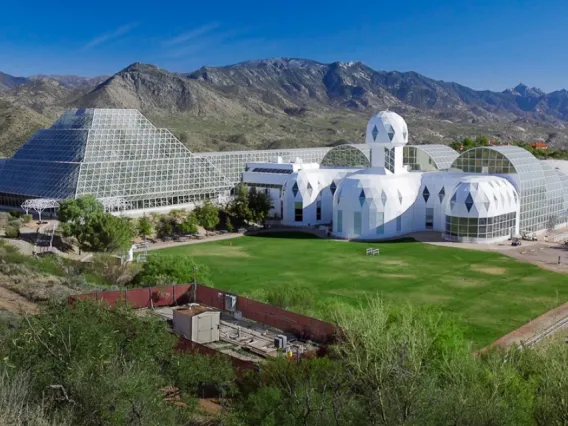
Biosphere 2
Located in Oracle, Arizona, Biosphere 2 is the world's largest controlled environment dedicated to understanding the impacts of climate change. The 3.14-acre laboratory has active research systems spanning from ocean to desert and rainforest environments.
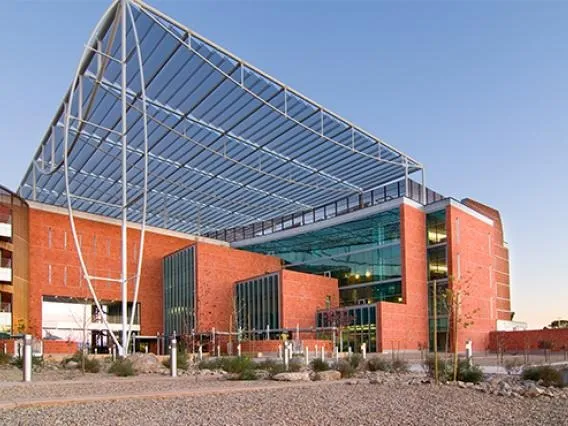
BIO5 Institute
The BIO5 Institute at the University of Arizona brings together world-class researchers and innovators from five core disciplines — agriculture, engineering, medicine, pharmacy and science — to collaborate for the purpose of solving today’s most complex and critical problems.

Center for Climate Adaptation Science and Solutions
The Center for Climate Adaptation Science and Solutions brings together a wealth of expertise at the University of Arizona to support sound management choices in the context of climate change, linking science, information needs of managers, and decision-making.
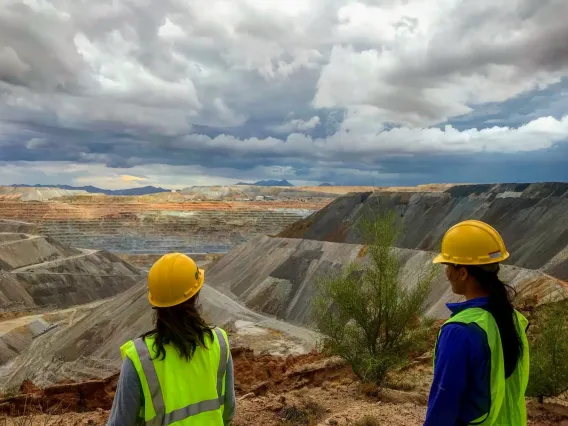
Center for Environmentally Sustainable Mining
The Center for Environmentally Sustainable Mining develops research and educational initiatives that enhance the environmental sustainability of mining. CESM is guided by industry and consulting professionals who identify issues of concern to the hard-rock mining and rock products industries.
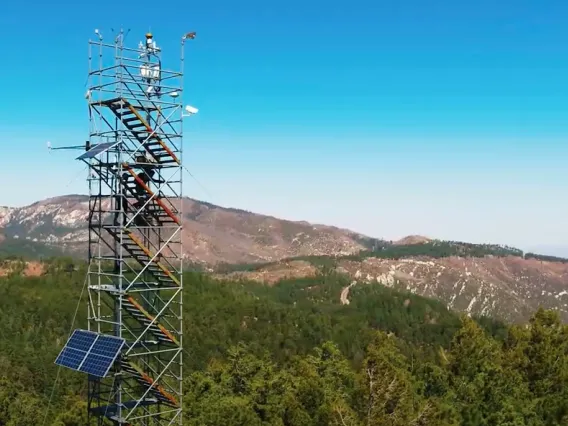
Critical Zone Observatory
Our Earth's critical zone is the heterogeneous, near surface environment in which complex interactions involving rock, soil, water, air, and living organisms regulate the natural habitat and determine the availability of life-sustaining resources. A healthy critical zone supports ecosystems that produce the food we eat, natural pollution control, and natural resources upon which our economy depends.
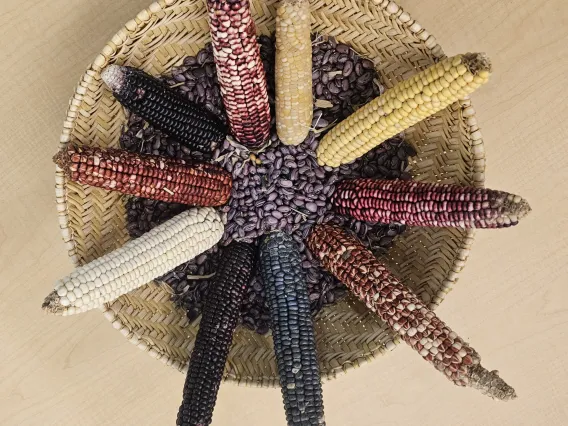
Indigenous Resilience Center
The Indigenous Resilience Center (IRes) works on the areas of food, water, and energy with tribes. IRes identifies and looks for resources to support co-designing solutions with Indigenous communities. The projects below are examples of our work:
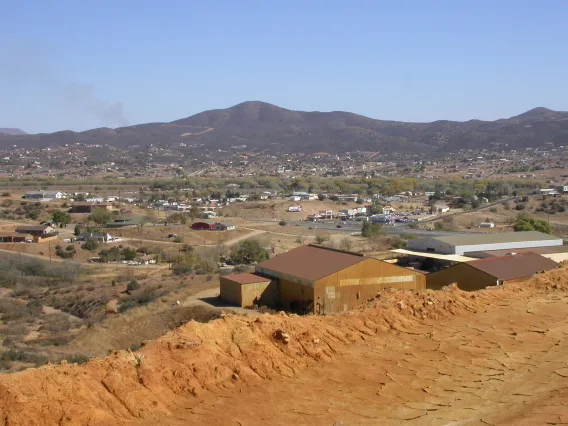
Superfund Research Center
The Superfund Research Center at the University of Arizona uses an interdisciplinary approach to study hazardous waste issues in the U.S. Southwest, including the Arizona-Sonora border and Native Nations.

Water & Energy Sustainable Technology (WEST) Center
The Water & Energy Sustainable Technology (WEST) Center is the University’s leading facility in the development of new technologies that deal with water scarcity and reuse. The facility is co-located at the Agua Nueva water campus of Pima County, allowing pilot scale evaluation of innovative energy-saving wastewater treatments.
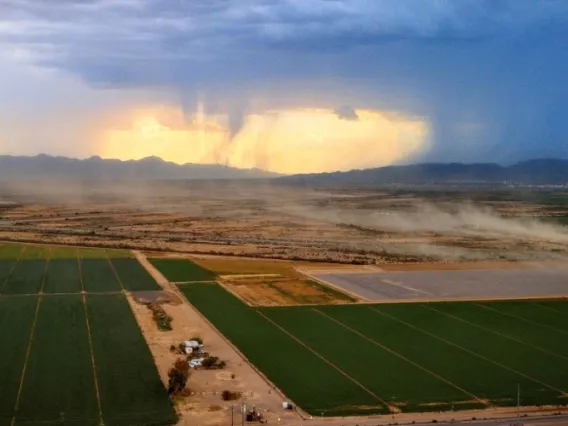
Water Resources Research Center
he Water Resources Research Center (WRRC) is a Cooperative Extension Center and research unit in the College of Agriculture, Life, and Environmental Sciences. They tackle key water policy and management issues, empower informed decision-making, and enrich understanding through engagement, education, and applied research.
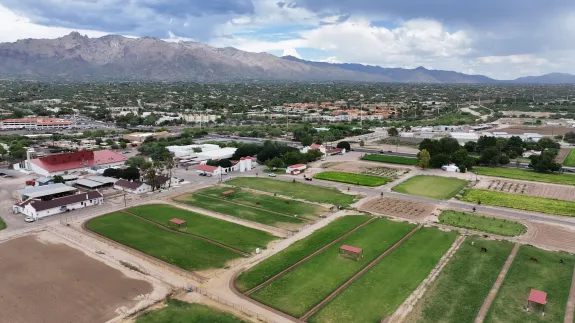
Arizona Experiment Station
Founded through the Hatch Act of 1887 and part of a national, interconnected network of research resources, the Arizona Experiment Station provides best-in-class infrastructural support through 11 STEM innovation hubs across the state. With locations spanning the geographic and biological diversity of the state, the Experiment Station provides our faculty and partners scalable opportunities for research and technological development – from incubation to large scale experimentation and industry implementation.
